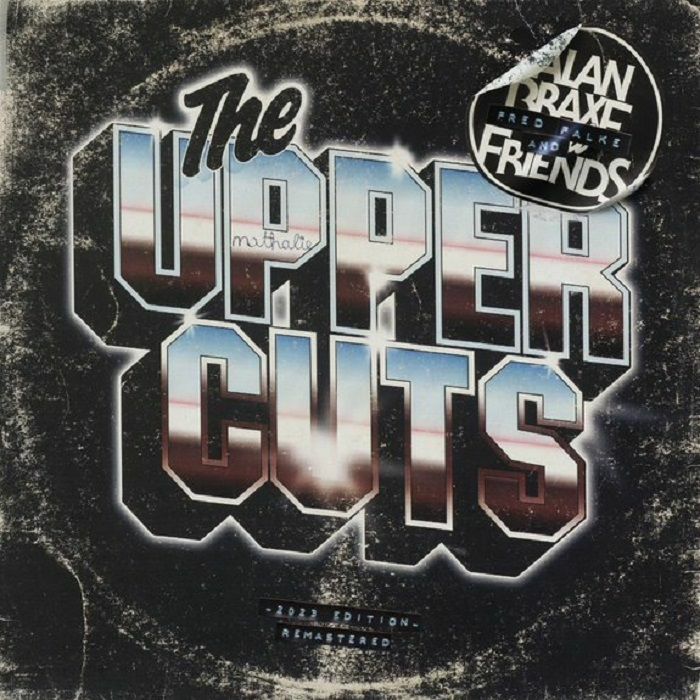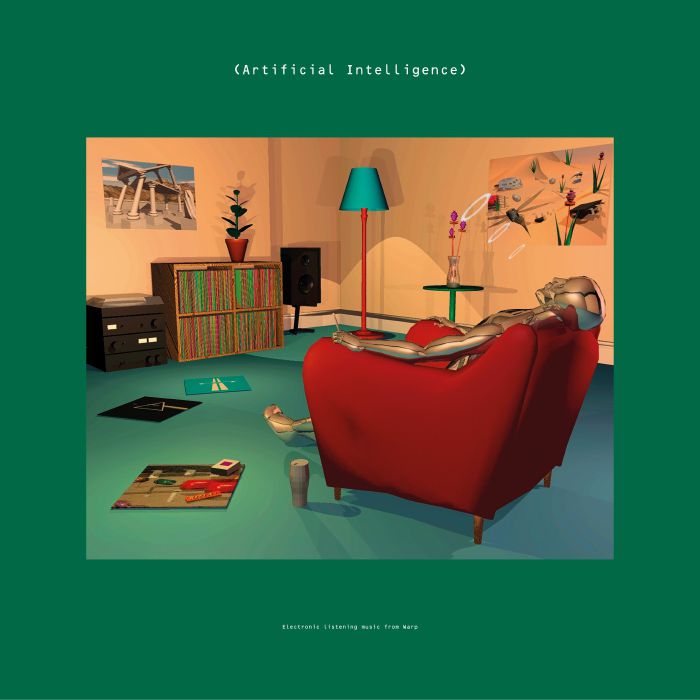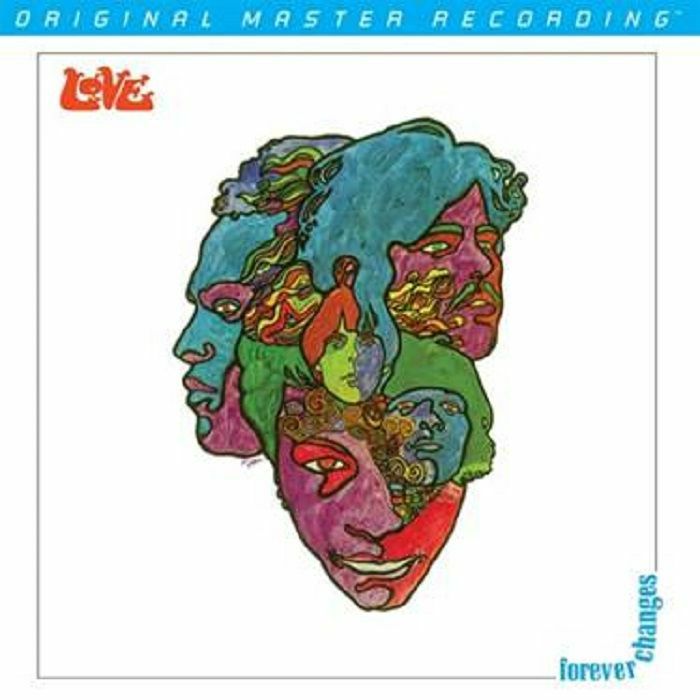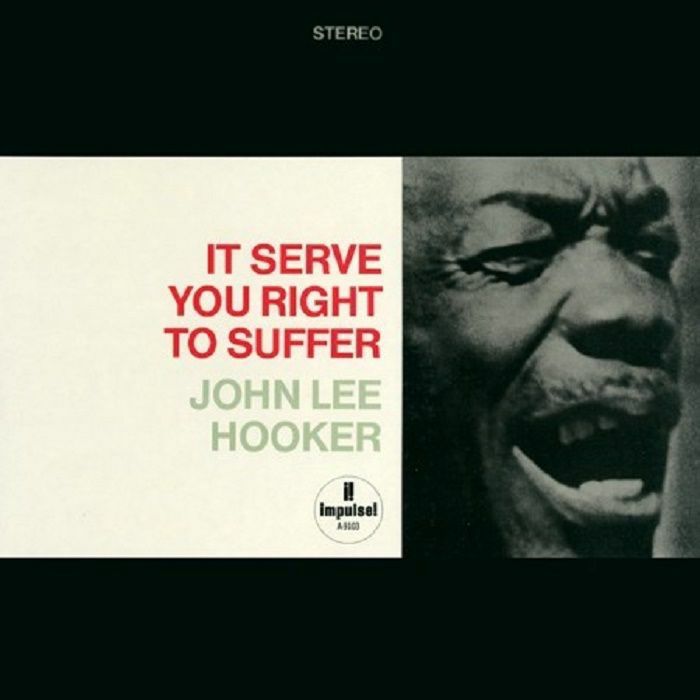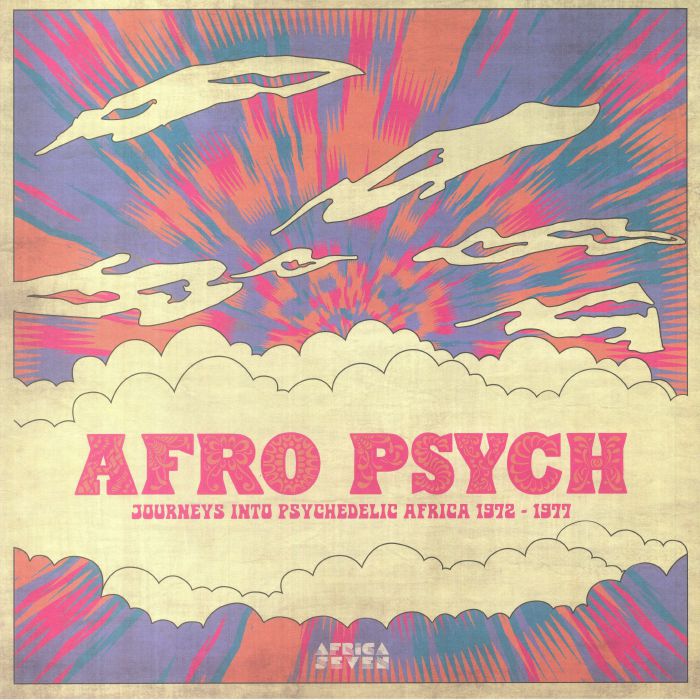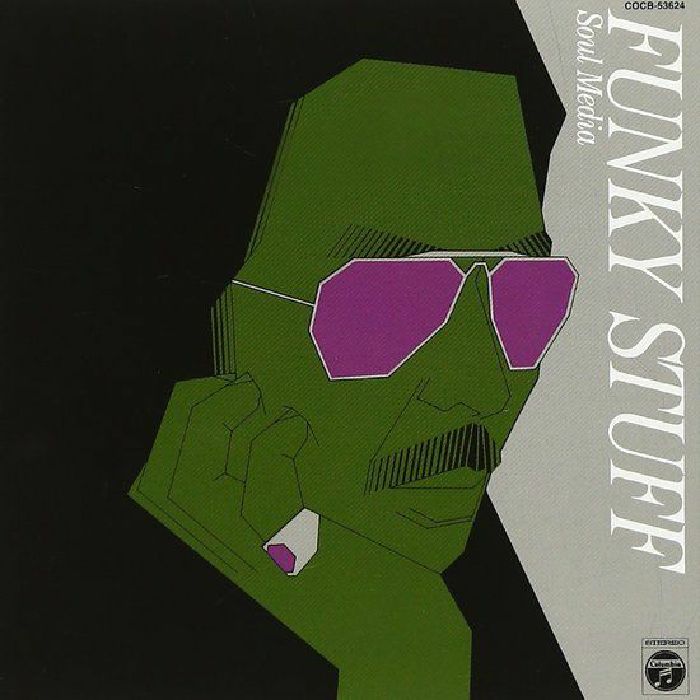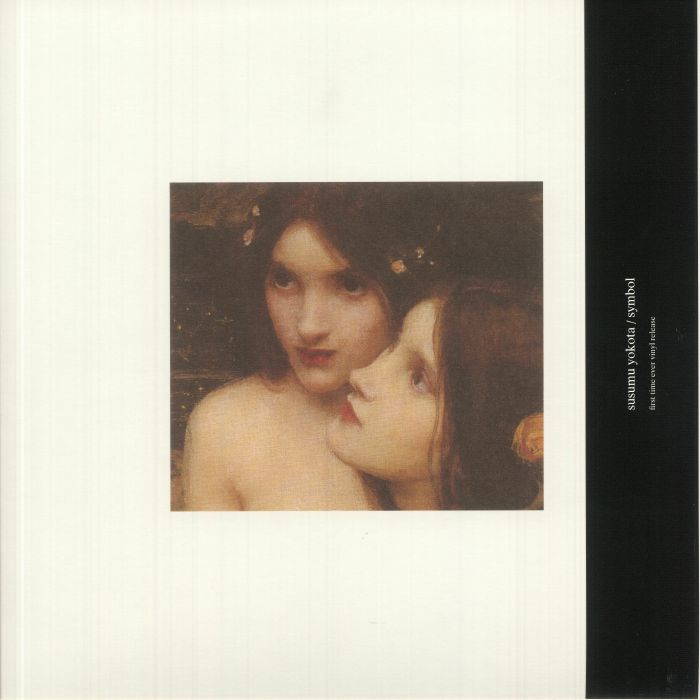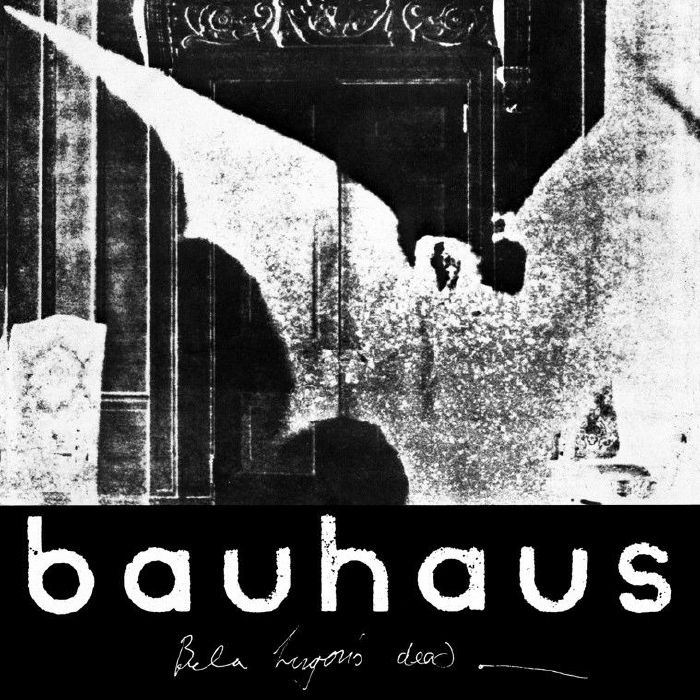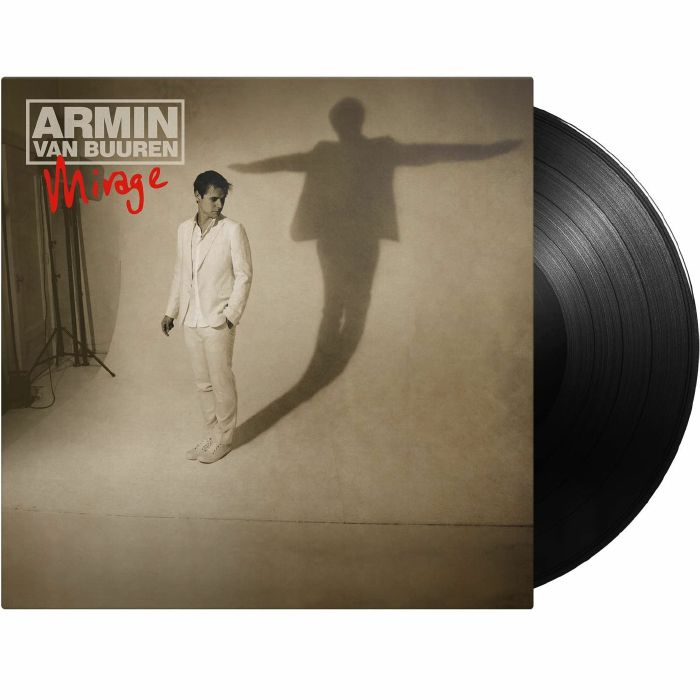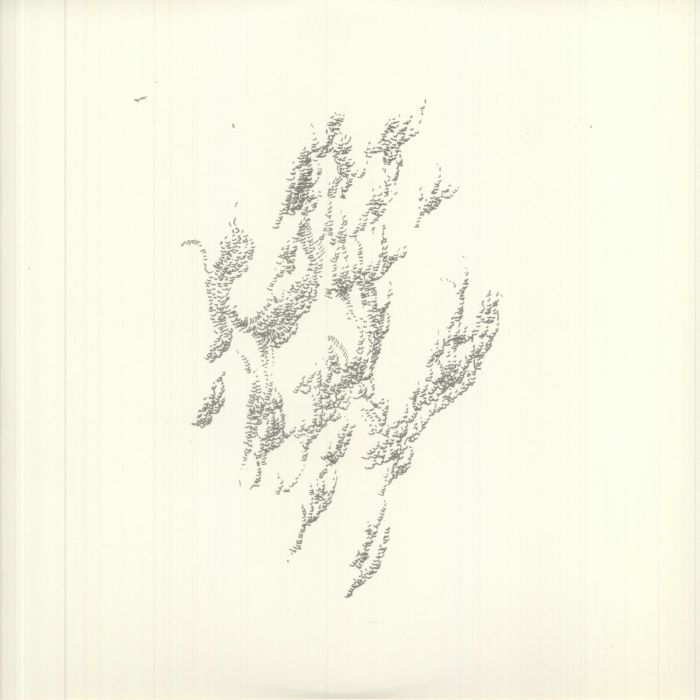Noah Sparkes takes a second look at “The Honky Tonk Nun”
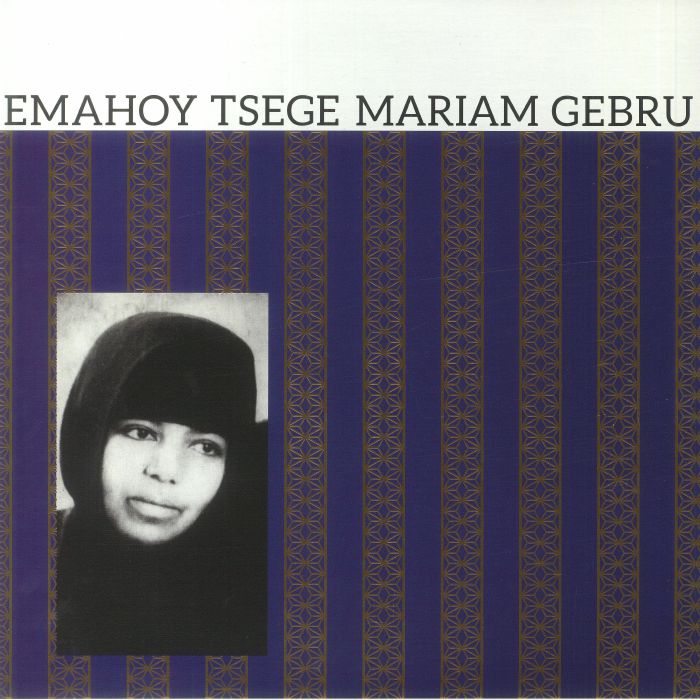
Emahoy Tsege Mariam Gebru – Emahoy Tsege Mariam Gebru (Mississippi)
Emahoy Tsege Mariam Gebru’s music is a fascinating amalgam of different influences. But in order to see how these beautiful compositions came to be, it’s worth briefly exploring the storied life of the Ethiopian nun, exile, composer, and pianist. Born in Addis Ababa in 1923, Emahoy’s parents were wealthy members of the Ethiopian upper class. At six-years-old, Emahoy and her sister would be sent to a boarding school in Switzerland where she would study violin and piano. Following this classical training, in 1933 Emahoy returned to Ethiopia before being evacuated in 1937 during the Italian invasion. After the war, Emahoy ended up in Cairo, studying under Alexander Kontorowicz, a Polish concert violinist employed by the King of Egypt. Along with Kontorowicz (who had attained a role performing for the Emperor of Ethiopia), she would then return to her home country.
At this point the musical influence for Emahoy had been mostly Western classical, but after becoming ordained as a nun and researching the traditional religious music of Saint Yared (a 6th-century Aksumite composer), Emahoy’s influence began to attain unique characteristics. The music would lose some of the rigidity of classical and gain a looser, more lyrical quality. This has led many to retroactively group Emahoy Tsege Mariam Gebru together with Ethio-jazz players like Mulatu Astatke. Though this is understandable given their consistent flirtation with bluesy Ethiopian pentatonic scales, Emahoy’s work feels more indebted to early 20th century classical music than it does to the jazz idiom. Indeed, Emahoy herself dismissed such categorisation in a 2017 interview with the Guardian. In truth, her music is almost impossible to pin down.
Following 10 years of living barefoot at a monastery in the hills of Northern Ethiopia, Emahoy crafted a style that feels both deeply familiar and unlike anything else. Even in 2022, her sound remains peerless; a fascinating creative island.
And now, courtesy of Mississippi Records, we have a reissue of a collection of her early recordings from the 1960s. The LP, which consists of eleven solo piano works, is another testament to her inimitability. All of the tracks will be familiar to listeners who have heard her terrific compilation released by Buda Musique, Ethiopiques Volume 21: Ethiopia Song but here they are accompanied by song notes from Emahoy herself.
The music is wonderful, like if Debussy had visited New Orleans in 1910. Her playing is free but controlled, playful but moving, subtle but virtuosic, classical but never stuffy. From the first moments of opener, “Mother’s Love” we immediately hear Emahoy’s synthesis of Ethiopian qañat scales and Western classical. There is also a charming feature of her work – arising from her blue-note inflected style and the quality of the audio recording – that unintentionally evokes an early jazz feel. It is this nostalgic sound that perhaps led the BBC to title her documentary “The Honky Tonk Nun”.
At 98 years old, Emahoy now resides in Jerusalem, where she has lived since leaving Ethiopia in 1984. Even now, like she has done through her whole career, Emahoy continues to use the proceeds from her music to help the less fortunate in her community. The Emahoy Tsegue Mariam Music Foundation – which co-released this album – has been continuing this wonderful musical and philanthropic legacy.
Noah Sparkes
Underrated jazz classic back on the market
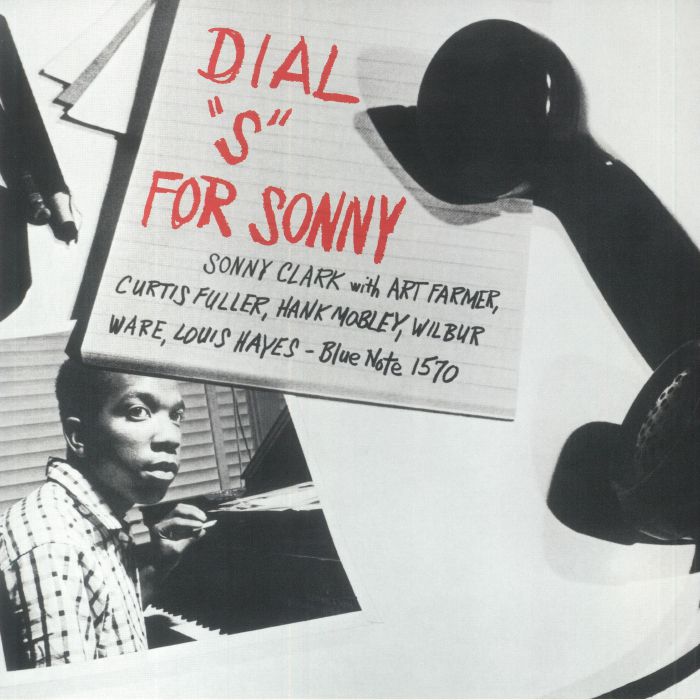
1957 was a big year for Blue Note Records. On top of releasing John Coltrane’s first major solo outing, Blue Train, the label released around 47 recordings – an impressive feat considering it was managed for the most part by just two men.
But amidst this slew of records was Pennsylvania-born pianist Sonny Clark’s first album as leader, Dial “S” for Sonny. Prior to this collection of four originals and two standards, Clark had been employed as a sideman to many figures of the East Coast’s growing harp bop idiom, working alongside the likes of Coltrane, Hank Mobley, Sonny Rollins, and Lou Donaldson. Clark obviously attracted attention for his quietly energetic, buoyant style but also for his reliability and keen understanding of his role within the compositions.
As accompanist, he was never imposing, content to let his playing support the lead with subtle elaborations. Indeed, even on his first outing as leader, where one might expect his playing to be more overtly expressive, Clark’s improvisations remain subtle and pleasing, never straying from the sense of cool he perhaps developed working on the West Coast. As trumpeter Art Farmer (who plays on this record) remarked, “a primary quality in Sonny Clark’s playing is that there is no strain in it”. This is a feature that reveals itself throughout Dial “S” for Sonny.
Beginning with the title track, we have a lighthearted, typically swinging hard-bop cut. Following solos by Art Farmer (trumpet), Curtis Fuller (trombone), and Hank Mobley (tenor saxophone), Clark enters with a perfect demonstration of his subtle, intricate soloing. While the right hand weaves elaborate melodies, the left’s phrasing is almost imperceptible, a diversion from the punchy style of one of his major influences, Bud Powell. Following on, “Bootin’ It” is another original with a similar tone to the opener. On this slightly faster track, though Clark’s playing is once again quiet and laidback, the horns from Farmer, Fuller, and Mobley add a fiery tone to the compositions.
“It Could Happen To You” is a beautiful change of pace from the swinging, jaunty bop of the previous tracks. The standard, originally written by Jimmy Van Heusen, is a slow-burning, melancholic piece. Curtis Fuller’s solo on the back-end strikes a warm tone, ending the track in moving style. We then return to the style that Clark was clearly most comfortable composing in: breezy hard-bop. Like the first two tracks, this strikes a similarly upbeat tone. This sense of Clark’s lack of willingness to go beyond this comfort zone is perhaps the only possible frustration for some listeners. However, though it is reasonable to claim that he occasionally sounds like an accompanist on his own tracks, arguably this is simply a byproduct of his naturally subdued style.
A technically challenging composition comes next with the fast-paced bop, “Shoutin’ On A Riff”. It’s a great display of each musician’s virtuosity, especially considering it’s the horn players’ final contribution – “Love Walked In” leaves the horns out completely. The George Gershwin-penned track consists of piano, Wilbur Ware’s bass, and Louis Hayes’ drum work, allowing Clark a bit more space to breathe. The result is a highlight of the record, a beautiful, effortlessly cool track.
Thus, although Dial “S” for Sonny is often lost amidst the slew of hard bop releases from the late 50s, it remains a fascinating insight into the creative direction of one of the more prolific jazz pianists of his era. Sadly, after four more years of well-received output, Clark died in 1963 at the age of 31. The pianist was an enormous figure of the hard-bop era and Dial “S” for Sonny is a vital release for any of the genre’s fans.
Noah Sparkes
The Detroit don’s fourth album gets its first vinyl reissue

Moodymann – Silence In The Secret Garden (Peacefrog)
Despite his genuine confidence and happy-go-lucky charm, the music of Kenny Dixon Jr. is never without a feeling of loss. Between his stop-start sampling, happy-sad instrumentals, and allusions to “silence” and “taking away”, there’s an uncertainty to Moodymann tunes. It’s the same kind of uncertainty we hear from hip-hop; sheer street confidence mixed with an insidious disaffection and desperation, that creeps along with growing up in a city like Detroit.
“Keep in mind, DJing back then was just putting the fuckin’ record on, shut the fuck up, you’re not gettin’ paid, do what you’re told,” the artist said in a 2019 interview. Such a statement might seem too humble for a personality like Moody’s, but behind his trademark fishnet mask and wildly huge shades, Moodymann’s sense of grandiosity does not feel entitled or unearned. Rather, at the time of his debut albums and EPs in the late 90s, Dixon Jr. was just doing what he knew – putting up and shutting up, having fun, and brazenly working with what he had, with ‘the way things were’ in Detroit.
Silence In The Secret Garden, his fourth album, is seeing its first ever vinyl reissue this year via Peacefrog. And while it’s nowhere near as lauded as Silentintroduction or Forevernevermore, its every facet drips with the same feverish, unlikely jazz and beatdown moods you’d expect from Detroit’s trickster-prince.
Here’s a lesser-known fact: the album’s cover, garnished loudly by a distinctive red rose, is inspired by a Temptations album released a decade earlier, ‘Special’, which features a near-identical rose on its own cover. Released on Motown in 1989, The Temptations were well into their confident twilight years by this time, and from the leading, slow-soul hit ‘Special’ to the driving new jack swinger ‘She’s Better Than Money’, it’s clear this music was the kind to inspire sheer loving confidence. It does well to remove the listener from any sense of struggle, and rather plunges them deep into the blissful cloud of Motown fame, success and glory. Likewise, the rose on the cover lies neatly on a lush green spread, devoid of anxiety or urgency – safe.
Now contrast that with Silence In The Secret Garden‘ which sees its own red rose plunged in pitch blackness. Musically, it’s clear this isn’t your average garden. As we enter to the aptly-titled tune of ‘Entrance 2 The Garden’, Moody’s inspiration from live music rings truer than ever, with rushed and dragged hi-hats abruptly swaying the mood of a slap bass and pianojazz moodscape, barely scratching at its thick overgrowth. Whereas The Temptations’ sonic lawn was pristine and meticulously tended to, Moody’s is half-wild, and while sexily maintained, it teems with flytraps and the sultry stenches of carrion flowers.
We prefer to take ‘People’ – the album’s lead single and fan favourite – not as the laid-back, minimal jazz-house instrumental it sounds to be in isolation, but a surrealist intro to a slow-burning LP, the subtlety of which isn’t immediately obvious. Meandering through styles, there are rugged techno allusions, like the pulsing acid line of ‘LiveInLa 1998’, made famous for its inclusion in Richie Hawtin’s hybrid live set in 2003. And tying in with Moody’s desire to reclaim a lost, haphazard confidence, it’s filled with emotional longing. The tracks are fittingly lengthy: ‘Shine’ is an eight minute house bit tinged with the doubled-up ghost of R&B (it’s “yeah” vocal sample reverberates in and out like a ghost), while the title track combines a new wave bass plod with street ambience and glistening windchimes.
On every tune, the beats are whomping and substantial, retaining a raw, not glossy, beauty. That might make Silence In The Secret Garden a challenge for many potential listeners, but this isn’t an instantly gratifying album; in fact, patient punters will make it to ‘Sweet Yesterday’, where Moody appears on vocals under his Pitch Black City alias. Between indiscernible croonings, “your love is so good…” and “oooh, wow, wow, yesterday” peek through the mix’s haze, proving it to be a loving ode to the past’s better days. We realise in retrospect, though, that ‘Silence…’ is tinged with a gritty realness only Detroit can pull off.
Jude Iago James
Pan-pipes, windchimes, echoic djembe and vocal snippets in French, Italian, and Russian. You have been warned.

A chance find in a Detroit warehouse sees this rare gem back in stock

Dusted Down: Aux Men – Live @ DEMF 2002 (Rare bootleg CD)
We’re not usually in the business of dusting down cover artists, but when said artists are boiler suit-clad Detroit technicians at the pinnacle of their live music game, all the usual rules are thrown out the window.
The Detroit Electronic Music Festival (DEMF) – now known as Movement – has been running in the city’s Hart Plaza every Memorial Day weekend since the year 2000. That year, the turn of the millennium, fears and hopes were rife over technological phenomena, including digital doomsday scenarios (Y2K) and sci-fi style interstellar travel (take 2001: A Space Odyssey). Two years later, in 2002, the rest of the world had come back down to Earth – perhaps respectfully quietened by the aftermath of 9/11, and humbled by the realisation that technology might yet advance at a slower pace than their hopes might have led them to expect.
But not Detroit. Being the birthplace of techno as we know it, the city had been gazing into the future for more than 30 years. 2002 had already seen Detroit techno’s first come-up, and coincided with the latest phase of the new digital age. Households across the world were not only neck-deep in their crude laptops, email and digital pager tech, but were slowly awakening to the possibilities of internet video technology – YouTube was only a few years away. And after decades poor economic policy, Detroit’s people saw these horizons as the potential deus ex machina they needed, and were more interested in these ideas than most.
Detroit techno was far ahead of its time, not of its time. An unfortunate byproduct of this was that it couldn’t be captured as effectively as we would have liked. Aux Men’s live performance at DEMF 2002 is grainy at best. The recording, which we ironically found on YouTube, was originally housed on a Maxell T-120 STD videotape. But that, of course, feeds into the noughties nostalgia (forget the 90s) that today’s e-boys, e-girls and e-people now feel. Watch the video, and a sense of rarity kicks in. It’s from nearly two decades ago already, and that’s not to mention the digital, pastel distortion encroaching on its quality.
Aux Men were an electro supergroup from Detroit, pushed by Keith Tucker’s Puzzlebox label, and effectively an expanded version of the band Aux 88. Besides core members Tommy Hamilton, Posatronix and Blak Tony, their lineup also contained Tucker, Marty Bonds and the techno trio Strand. Breaking from Aux 88’s focus on making original music, this performance is purely a covers’ affair – with everyone from John Williams to Funkadelic in tow.
Adding to the rare feel of the tape, the bootleg CD which houses the only HD recording of their set was discovered in the Puzzlebox warehouse . Pulling it off the shelf and dusting it off opened up a rather large rabbit hole, and it’s now listed under the category ‘Warehouse Find’ on the main site, legitimizing our gushing sense of nostalgia over it.
Not included on the CD, but witnessable on the YouTube VHS rip, is an address delivered to the DEMF crowd – located far below the band, who are elevated like UFO-ing aliens above a humble Earth – by an unknown individual, regarding the recent 9/11 catastrophe. “I just want to take a moment to remember what this day is all about… so let’s give a round of applause to all the policemen, and firemen, and women in this city.”
A sudden distortion follows, and we cut to an introduction by Detroit legends Eddie Fowlkes and DJ Bone, who welcome the band. At this point, if you own the bootleg CD, your sense of nostalgic, piecemeal self-reliance should kick in here; it’s possible to sync up the video and the CD, taking the experience to its fullest capacity. “We bout to set it off… now introducing Aux 88… it’s been upgraded… we need an upgrade… for the new millennium,” says Bone. The crowd jeers as all six members enter stage left, clad in military vests and cargo pants, and marching to John Williams’ main Star Wars theme.
Now the CD disalloys itself from the VHS, and we’re taken by a 10 minute prelude, in which the same voice urges us to “let the music play” – to forget any recent tragedy. Sine tones, piano flourishes and wind chimes tinkle, setting an expositional mood not born from the school of Jeff Mills or Mad Mike, but Vangelis or Count Basie. Amidst the jazzy ambience, a voice hears: “I have prepared my ship for takeoff, and now we’re ready for hyperspace”.
Suddenly, a beat drops, and the pulsing piano of Derrick May’s ‘Strings Of Life’ resounds, as one of the band members assures us to “make some noise” and “give it up for the cosmic soldier”. What proceeds is an unstoppable slice of future-positivity from the Aux Men: turning their backs to anything rockist or fearful, they embark on a medley of well-known techno and Afrofuturist classics. Our now familiar robot voice assures of “solitude, and many mental encounters of the third kind”, as a full-on Kraftwerk and Yellow Magic Orchestra medley ensues, seeing to covers of ‘Man Machine’ and ‘Computer Games’. Afrika Bambaataa’s ‘Planet Rock’, prefaced by cosmic mists and ambience, hears the most applause – “are you ready!?” – while lesser-known classics from the Aux Men’s affiliates, including the Jonzun Crew’s ‘Pack Jam’ and A Number Of Names’ ‘Shari Vari’, careens between the hits to no less success.
Even downtempo is checked off – the Art Of Noise’s ‘Moments In Love’ gets its own beautiful 11 minute slot, framed oddly by the clippy tone of Aux Men’s drum machines, and bookended on both sides by an impeccable live piano that sets the tone for what’s next to come. “See, electronic music can be slow and soothing, you know what I’m saying?”
And what is next, exactly? A true foray through the music of Funakdelic and Cybotron – two Afrofuturist techno mainstays and pioneers in their respective genres – that’s what. Find the exact right moments in the VHS rip and you’ll catch them; for ‘Cosmic Slop’, Strand and Marty Bonds deliver an insane moment of guitar shreddage, whilst later, the Cybotron medley hears a living, breathing techno catalyst, Juan Atkins, brought out to help perform the three tracks ‘Cosmic Cars’, ‘Alleys Of Your Mind’ and ‘Cosmic Raindance’.
Contextualising the entire performance are amplified vocal snippets from Detroit radio DJ The Electrifying Mojo, whose transmissions preceded the emergence of techno, and were instrumental in the development of the genre’s robotic themes. Between the expertly-mixed beats and rich interludes, you’ll be sure to hear a dubious, looming repetition – simply, “electrifying mojo”, stuck on repeat. For Aux 88, an “electrifying mojo” came in the form of techno, and this live CD – unfairly relegated to bootleg form – is their form of thanks to DJs and artists like him. Emerging at the time of unprecedented political and technological change in the United States and beyond, ‘Live @ DEMF 2002’ captures a zeitgeist we do not enjoy today; gratitude for the symbiotic relationship between man and machine, and pure excitement for our inevitable, technological future.
Jude Iago James
